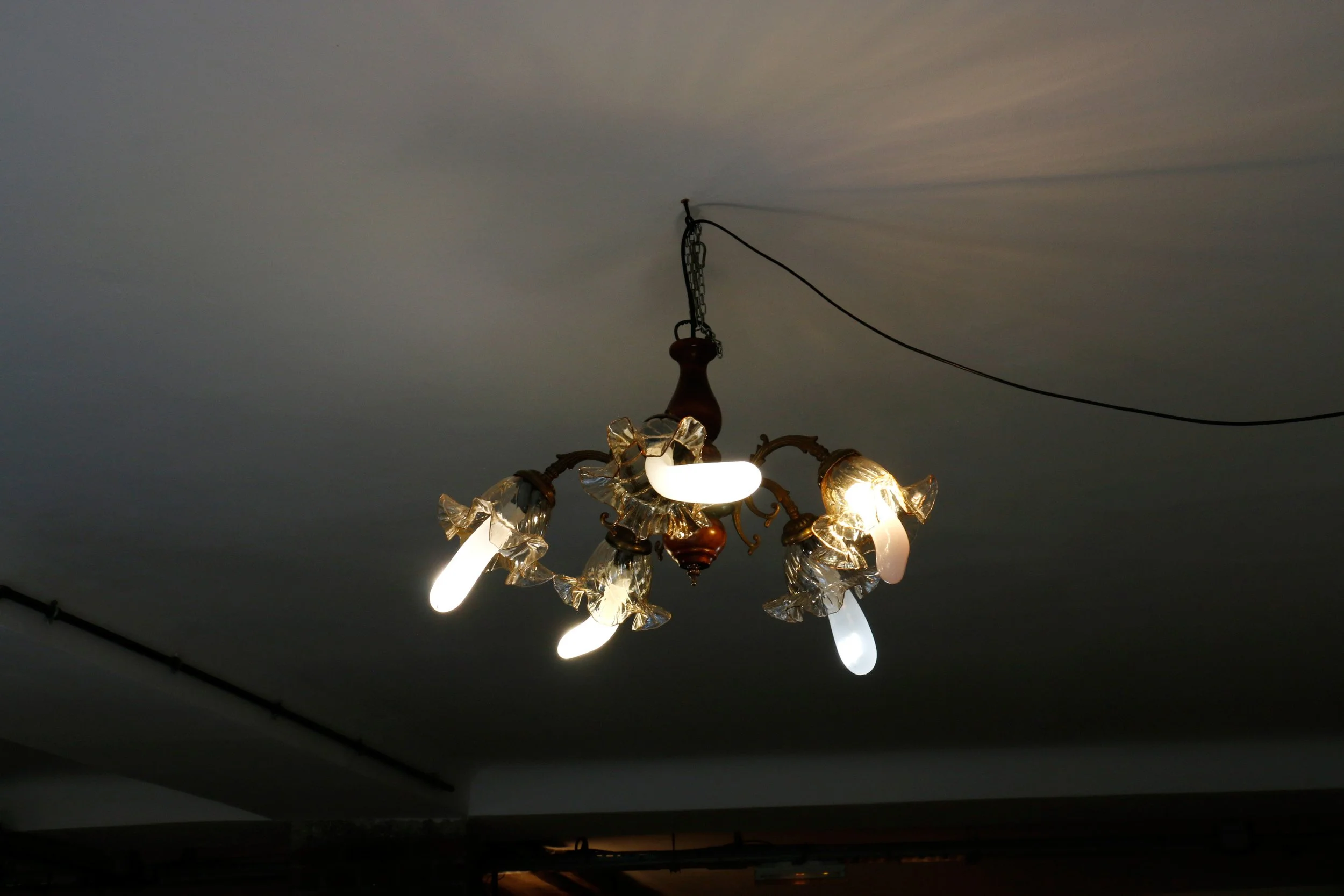dialogue
Camille Brée | Artist
August 2025
7 min read
Camille Brée’s artistic practice is rooted in a deep inquiry into light, perception, space, and the unseen. Working primarily with light as both material and metaphor, she approaches it not just as illumination, but as a sculptural and conceptual force, capable of revealing, concealing, and creating presence. Camille uses artificial light to draw attention to overlooked or liminal areas, such as corners, voids, or thresholds, inviting viewers into a slowed-down, contemplative engagement with space.
Camille installations are never front and centre. Instead, she positions them subtly, beneath floorboards, behind walls, or in hidden architectural cuts, guiding the eye along an orchestrated path of discovery. In works such as Light Bulbs Conversation, Spare Room, and Ghost Lamp, she uses ephemeral gestures, glowing forms, and architectural interventions to build tension between presence and absence, intimacy and exposure.
A pivotal residency at Gasworks, supported by Fluxus Art Projects, marked a turning point in her career. There, she was encouraged to expand her research and shift away from previous working methods.
Her practice strikes a careful balance between asserting spatial presence and maintaining a quiet, sensory charge. Whether through smoke, faint glows, or concealed structures, Camille Brée’s work resists spectacle in favour of subtle disruption, creating environments that ask viewers not just to look, but to feel, sense, and reconsider their relationship to space and what lies just beyond view.






